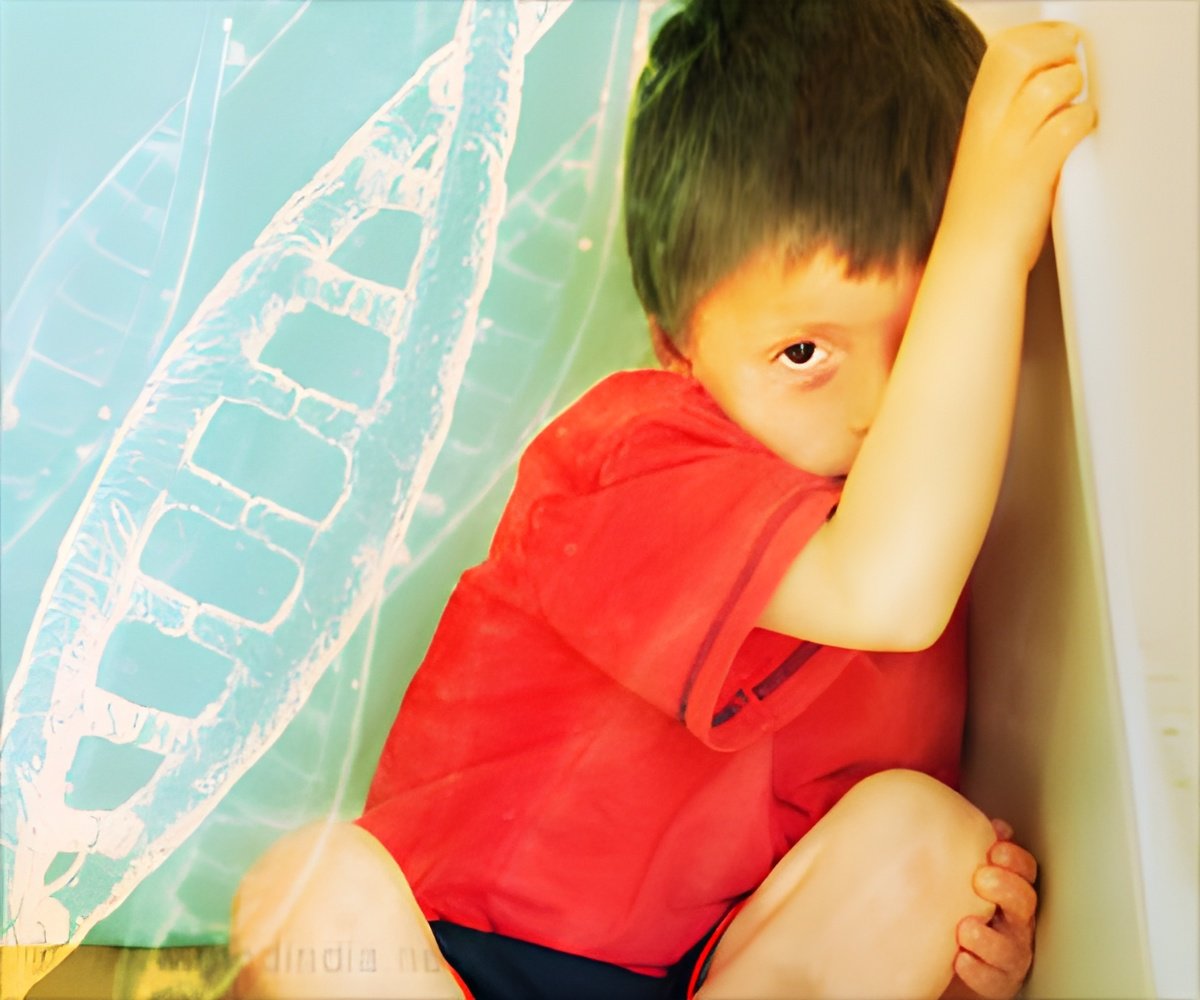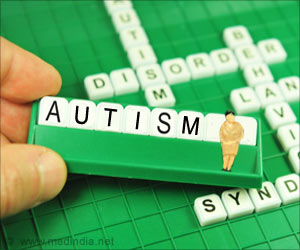
Two topological modules on human protein interaction network showed significant enrichment for autism genes. The topological modules are physical clusters on the network where their member genes intensively interact with each other but sparsely interact with non member genes on the network.
Corpus callosum was affected in patients with autism. Expression of this module was divided with a ubiquitously expressed subcomponent and another subcomponent preferentially expressed in the corpus callosum. This identified mutations in the network center.
RNA sequencing of the corpus callosum from patients with autism exhibited extensive gene misexpression in the module, and the immunochemical analysis showed that oligodendrocyte cells predominantly populate the human corpus callosum.
Oligodendrocyte cells provide support and insulation to axons in the central nervous system. Analysis of functional genomic data further revealed a significant involvement of this module in the development of oligodendrocyte cells in mouse brain.
The analysis delineates a natural network involved in autism, helps uncover novel candidate genes for this disease and improves understanding of its molecular pathology.
Advertisement










